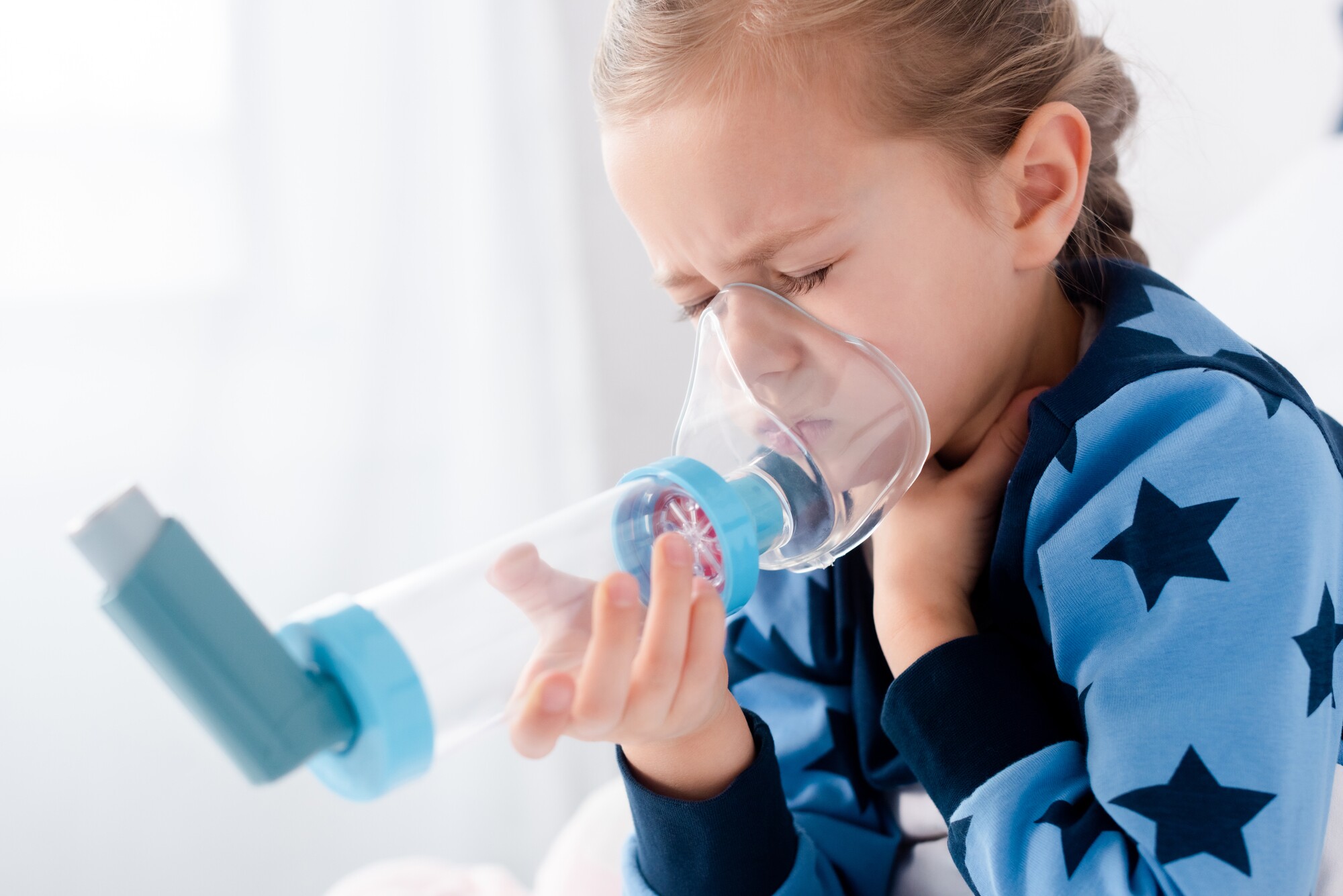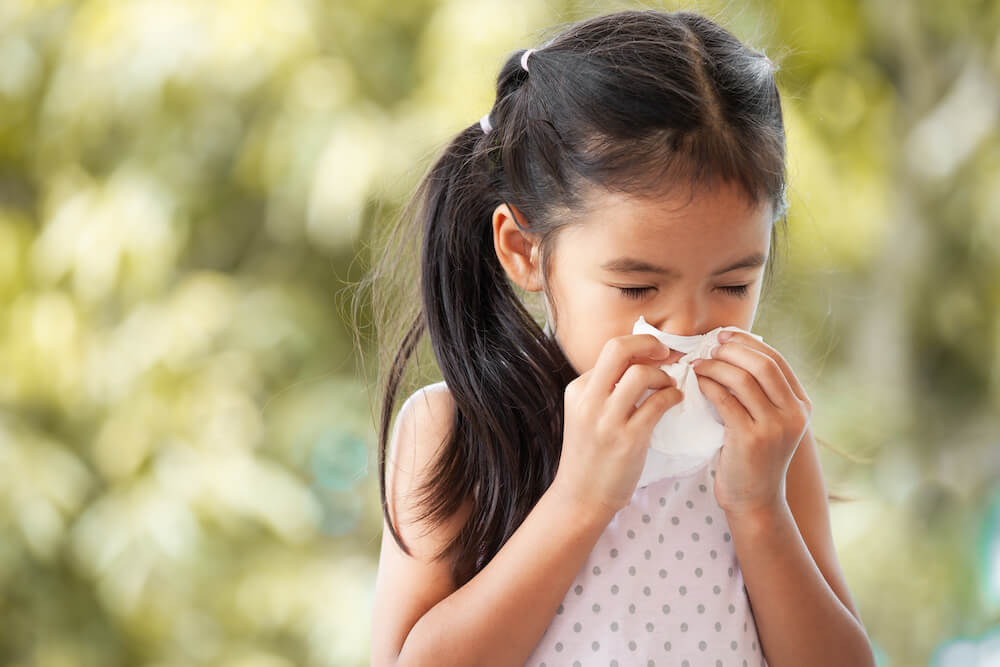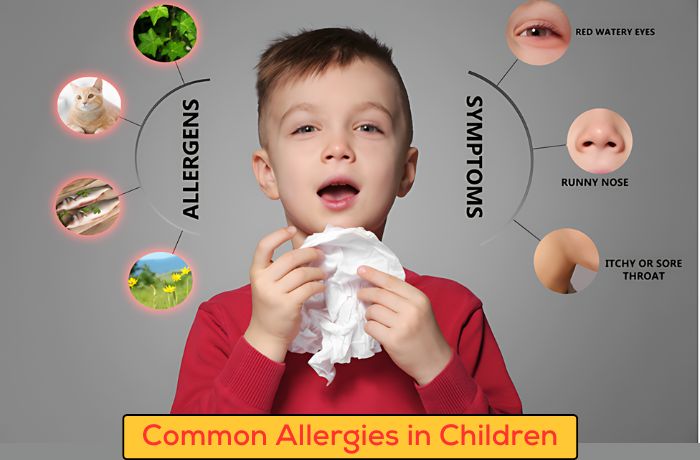The Impact of Microplastics on Children's Allergies and Respiratory Health: Increased Risk of Asthma and Allergic Reactions
The Impact of Microplastics on Children's Allergies and Respiratory Health: Increased Risk of Asthma and Allergic Reactions
Microplastics, tiny plastic particles less than 5 millimeters in size, have become an alarming environmental and health concern. As these particles infiltrate our food, water, and air, they pose a unique threat to vulnerable populations, especially children. Recent studies suggest that microplastics may significantly increase the risk of respiratory issues and allergies, including asthma. In this blog post, we will discuss how microplastic exposure affects children’s respiratory health and may contribute to the rise of allergic diseases.
Why Are Children More Vulnerable to Microplastic Exposure?
Children’s respiratory and immune systems are still developing, making them particularly susceptible to environmental toxins. Here’s why microplastics are especially concerning for young ones:
- Smaller Airways: Children’s airways are narrower, making any inflammation more problematic.
- Higher Breathing Rates: Kids breathe faster than adults, increasing inhalation of airborne microplastics.
- Close Contact with Surfaces: Crawling and playing on the ground expose children to dust and plastic particles.
How Microplastics Enter the Respiratory System
Microplastics can enter the respiratory tract in several ways:
- Inhalation of Airborne Particles: Synthetic fibers from textiles and plastics can become airborne and be inhaled.
- Household Dust: Carpets, upholstery, and plastic products shed microfibers that linger in indoor air.
- Outdoor Pollution: Traffic emissions and degraded plastic waste release particles into the environment.
Effects of Microplastics on Respiratory Health
Once inhaled, microplastics can cause a range of respiratory issues:
1. Respiratory Inflammation
- Irritation of Airways: Microplastics can cause local inflammation, leading to chronic coughing and breathing difficulties.
- Asthma Triggers: Increased inflammation can exacerbate asthma symptoms or even contribute to asthma development.
- Oxidative Stress: Reactive oxygen species (ROS) produced by microplastics can damage lung tissue.
2. Increased Allergic Sensitization
- Immune System Activation: Inhaled particles can activate immune cells, leading to allergic responses.
- Enhanced Allergen Reactivity: Microplastics can bind with airborne allergens (like pollen or dust mites), increasing their allergenic potential.
- Elevated IgE Levels: Exposure may increase Immunoglobulin E (IgE), a marker of allergic response, promoting conditions like allergic rhinitis and atopic dermatitis.
3. Long-Term Respiratory Disorders
- Chronic Bronchitis: Persistent inflammation may lead to long-term bronchial issues.
- Reduced Lung Function: Repeated exposure can impair lung development in growing children.
- Higher Asthma Prevalence: Early exposure correlates with increased asthma cases in adolescence.
Real-Life Case Studies and Research
Emerging research links airborne microplastic exposure to increased asthma prevalence in children. Studies have shown that children living in urban areas with high levels of particulate pollution are more likely to develop respiratory disorders.
How to Minimize Microplastic Exposure for Children
Parents can take proactive steps to reduce their child’s exposure to microplastics:
- Improve Indoor Air Quality: Use air purifiers and vacuum regularly to reduce dust.
- Choose Natural Materials: Opt for cotton, wool, or other natural fibers instead of synthetic ones.
- Proper Ventilation: Regularly air out rooms to reduce indoor pollution.
- Avoid Plastic Products: Use glass or metal containers and reduce plastic household items.
- Educate Children: Teach kids to avoid putting plastic objects near their faces or mouths.
Supporting Respiratory Health
Boosting respiratory health is essential to counteract potential harm from microplastics:
- Balanced Diet: Incorporate antioxidant-rich foods to combat oxidative stress.
- Regular Exercise: Encourage outdoor activities in areas with clean air.
- Medical Check-Ups: Regular check-ups help monitor respiratory health and detect any early issues.
Final Thoughts
Microplastic exposure is an emerging threat to children’s respiratory health, increasing the risk of allergies and asthma. While it’s impossible to eliminate microplastics entirely from the environment, reducing exposure and taking proactive health measures can significantly mitigate the risks. Raising awareness and making conscious choices can help protect the next generation from the harmful effects of microplastic pollution.
Amazon best seller







Comments